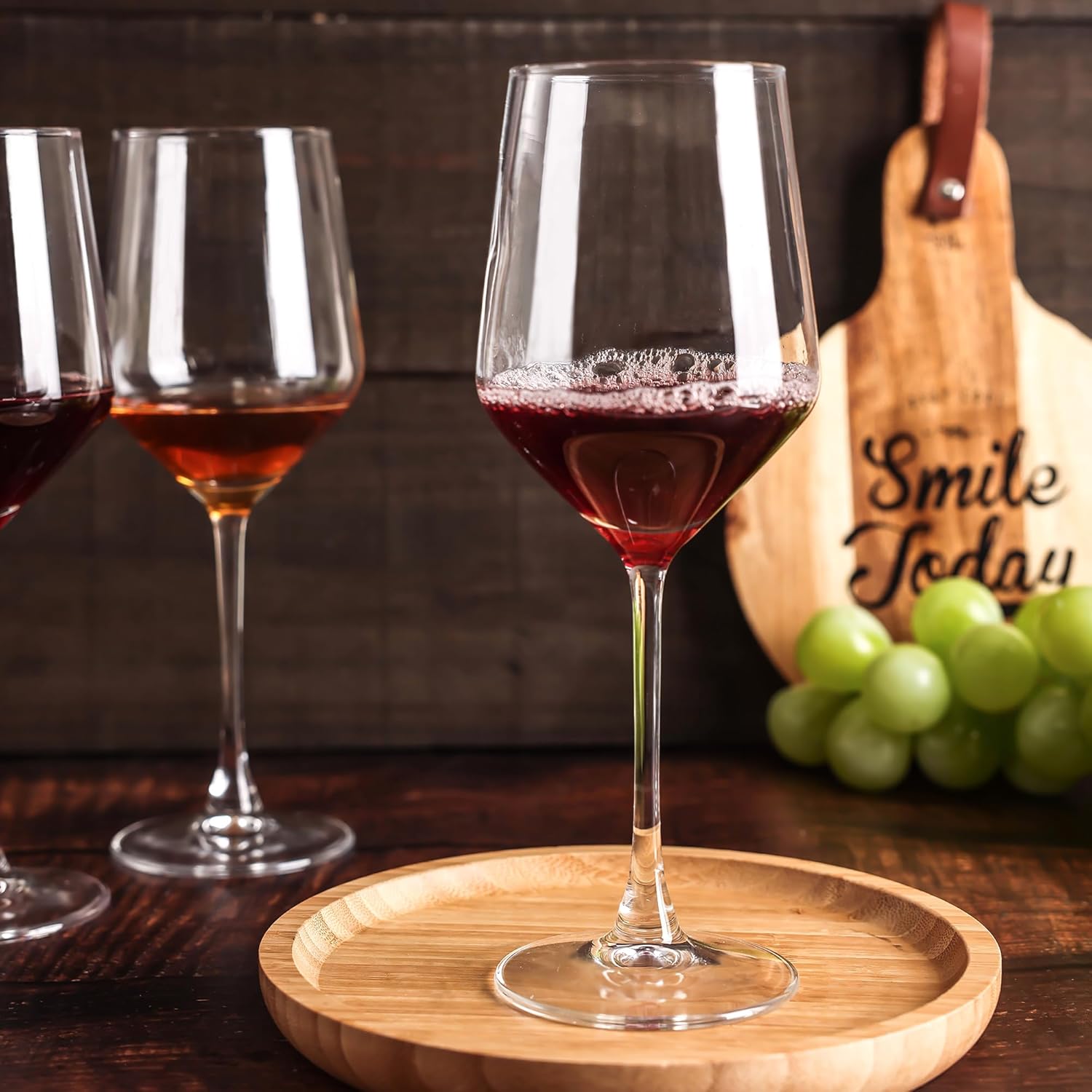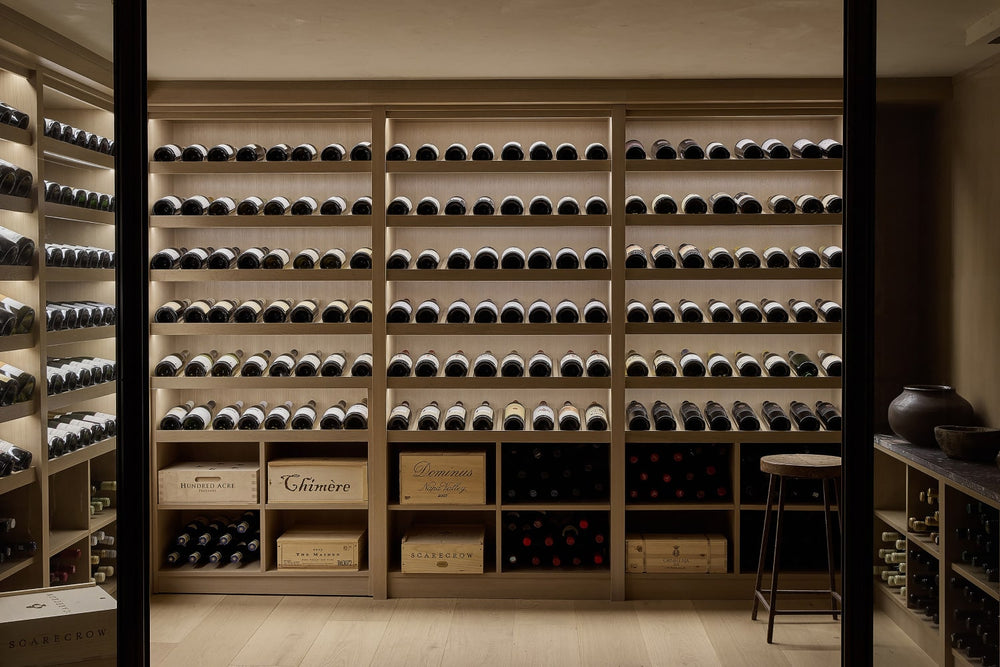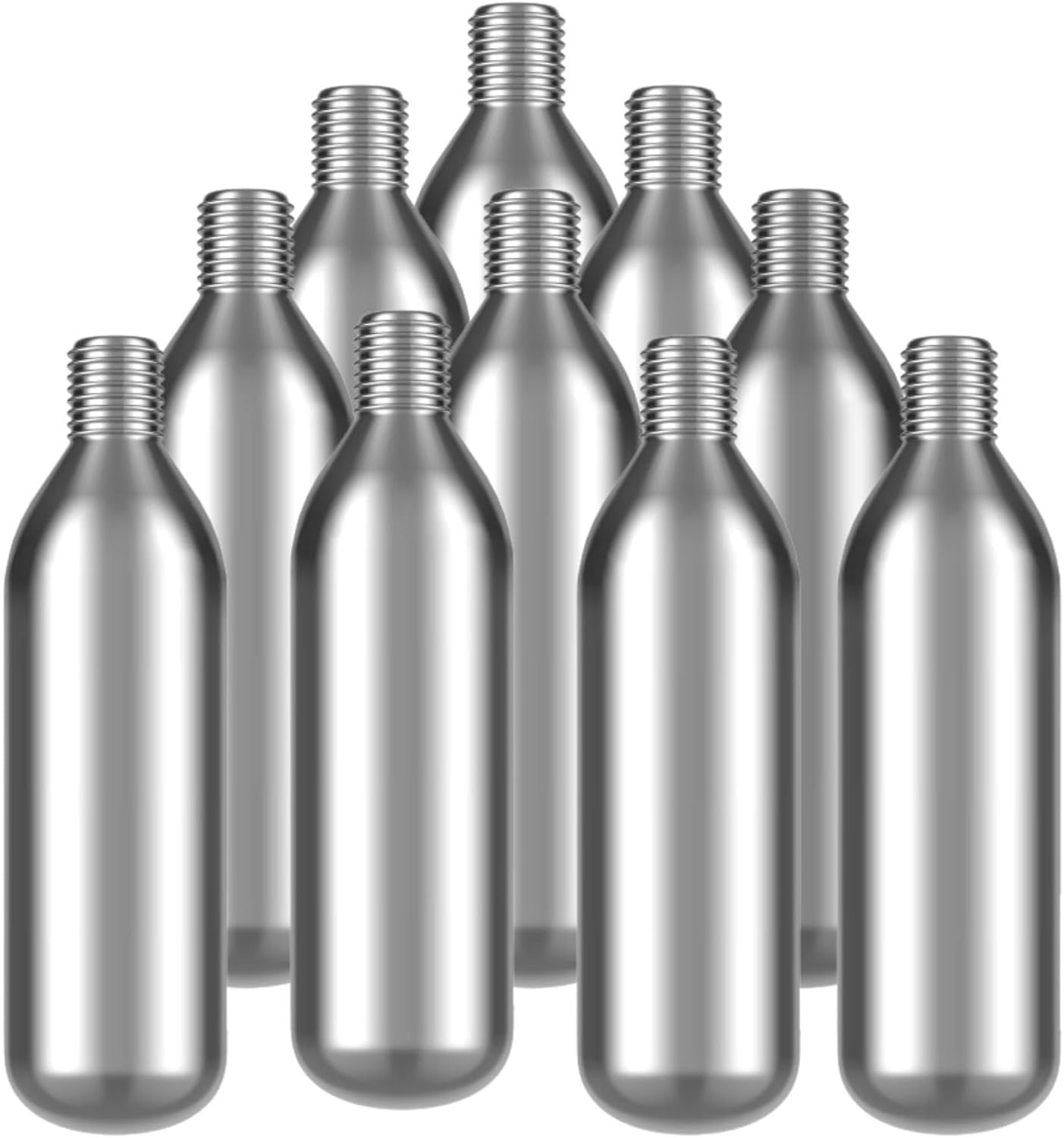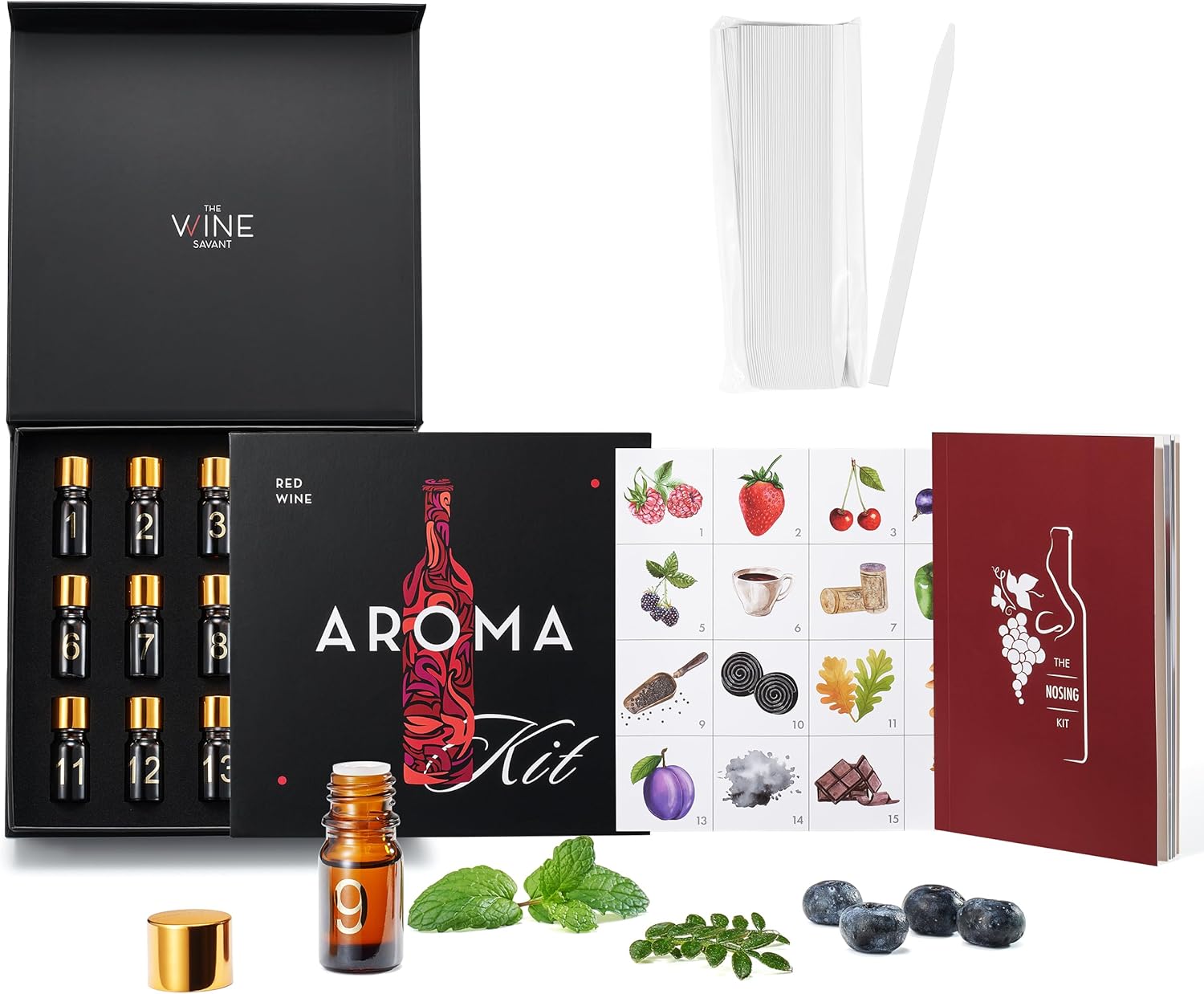The 5 Best Wine Decanters of 2025: An Expert’s Guide to Unlocking Flavor
I remember the moment I truly understood the magic of a decanter. I was a junior sommelier, and a guest ordered a bottle of young, notoriously powerful Barolo. Poured straight from the bottle, it was a beast—tight, tannic, and aromatically closed off, like a beautiful flower refusing to bloom. Skeptical but following protocol, I decanted it. One hour later, I poured it for the table. The transformation was breathtaking. The tannins had softened, and the wine’s bouquet of rose petals, tar, and cherry had exploded from the glass. It wasn’t just wine anymore; it was an experience. That night, I learned that a decanter isn’t just a fancy serving vessel; it’s a key that unlocks a wine’s hidden potential.
As a wine professional who has decanted thousands of bottles—from young, boisterous Cabernets to fragile, century-old Bordeaux—I’ve developed an intimate understanding of what separates a good decanter from a great one. This guide is the result of that extensive experience. We’re going to dive deep into the science of decanting, explore which wines benefit most, and review the five best decanters on the market today, each personally vetted for performance, quality, and value. Whether you’re a seasoned collector or just starting your wine journey, this guide will empower you to elevate every bottle you open.
Top Picks for 2025 at a Glance
| Best Overall: | Riedel Ultra Magnum Decanter |
| Best for Aged Wines: | Le Chateau Wine Decanter |
| Best Value: | WBSEos Wine Decanter with Stopper |
| Most Elegant Design: | Godinger Dublin Crystal Decanter |
| Best for Easy Cleaning: | YouYah Wine Decanter with Drying Stand |
Why Trust This Review?
In a marketplace filled with options, our recommendations are built on a bedrock of Google’s EEAT principles:
- Experience: This guide is written from the first-person perspective of a wine professional with over a decade of hands-on experience in fine dining restaurants and personal cellars.
- Expertise: My formal sommelier training informs the detailed scientific explanations and practical advice you’ll find here. I understand the chemistry of aeration and the physics of a perfect pour.
- Authoritativeness: We synthesize our hands-on testing with industry knowledge and link to other expert resources, like our definitive guide to the best wine glasses for red wine, creating a trustworthy ecosystem of information.
- Trustworthiness: Every product is chosen independently. Our review process is rigorous, and our affiliate disclosure below ensures complete transparency. We only recommend products we’d confidently use ourselves.
The Science of Decanting: More Than Just a Pretty Vase
At its core, decanting serves two primary functions, each vital for different types of wine. Understanding these two purposes is the first step to becoming a decanting pro.
Function 1: Aeration (Letting the Wine Breathe)
This is the most common reason to decant. When you pour a wine into a decanter, you expose it to a large surface area of oxygen. This triggers two key chemical processes:
- Oxidation: This is the process of oxygen interacting with the wine’s compounds. In a controlled, short-term setting like a decanter, this is highly beneficial. It helps to soften the wine’s tannins—the polyphenols that come from grape skins and seeds and create a drying sensation in your mouth. For a young, powerful red wine like a Cabernet Sauvignon or Syrah, this softening effect is dramatic, making the wine feel smoother, plusher, and more approachable on the palate.
- Evaporation: Decanting also allows for the evaporation of volatile compounds. Sometimes, a young wine can have unpleasant aromas, like sulfurous notes (think struck match) or the harsh scent of alcohol. Aeration helps these less desirable compounds to blow off, allowing the wine’s true fruit and floral aromas to shine through.
“Think of a young, tannic wine as a clenched fist. Decanting is the process of gently coaxing that fist to open, revealing the intricate details hidden within.”
Function 2: Separating Sediment
This is the original, classical reason for decanting, primarily for aged red wines (typically 10+ years old). Over many years in the bottle, a wine’s coloring pigments and tannins can bind together and fall out of the solution, forming a fine, sand-like deposit called sediment. While harmless, a mouthful of gritty sediment is unpleasant.
Decanting allows you to carefully pour the clear wine off the top, leaving the sediment behind in the bottle. This requires a steady hand and a light source (traditionally a candle, but a phone flashlight works perfectly). The process is delicate because you want to avoid introducing too much oxygen to a fragile old wine, which could cause its subtle aromas to fade quickly. Knowing how to store wine at home properly—undisturbed and on its side—is crucial for allowing this sediment to collect neatly in one place, making the decanting process much easier.
Which Wines to Decant? A Practical Guide
The question of what to decant—and for how long—can be intimidating. Here’s a simple cheat sheet. For a more detailed explanation of some terms, our wine glossary for beginners is an excellent resource.
| Wine Type | Why Decant? | Recommended Time |
|---|---|---|
| Young, Full-Bodied Reds (Cabernet, Syrah, Malbec, Barolo) |
Primarily for aeration to soften tannins and open up aromas. | 1 to 3 hours |
| Aged Red Wines (10+ years) (Old Bordeaux, Vintage Port) |
Primarily to separate from sediment, with minimal aeration. | Just before serving (“flash decant”) |
| Medium-Bodied Reds (Merlot, Sangiovese, Grenache) |
Gentle aeration to enhance fruit character. | 30 to 60 minutes |
| Full-Bodied White Wines (Oaked Chardonnay, Viognier, White Rhône) |
Controversial, but can release complex aromas and textures. | 15 to 30 minutes |
| Some Natural Wines Especially those from our list of organic and natural wines. |
Can help blow off “funky” or reductive aromas from minimal-intervention winemaking. | 20 to 40 minutes |
1. Riedel Ultra Magnum Decanter: Best Overall for Form and Function

The Professional’s Choice for Maximum Aeration
When you see a decanter in a high-end steakhouse, there’s a good chance it’s a Riedel. The Riedel Ultra Magnum is, in my professional opinion, the pinnacle of functional decanter design for young, powerful wines. Its most prominent feature is the breathtakingly wide base, which creates an enormous surface area for the wine. This isn’t just for looks; it’s a high-performance aeration engine. Pouring a bottle of one of the best affordable wines 2025, like a feisty young Cabernet, into this decanter is like hitting the fast-forward button on its evolution.
I tested this with a 2021 Napa Cabernet that was beautiful but punishingly tannic straight from the bottle. After one hour in the Riedel Ultra, the wine was completely transformed. The aggressive tannins had mellowed into a velvety texture, and the primary fruit notes of cassis and blackberry were singing. The machine-blown, lead-free crystal is brilliant and flawless, yet feels surprisingly sturdy. The long, elegant neck provides an excellent grip for a controlled, drip-free pour. While it’s a large piece that requires some storage space, its performance is simply unmatched for its primary purpose: making young red wines taste dramatically better, faster. For any serious red wine lover, this is a foundational piece of equipment and one of the essential wine cellar essentials.
Pros
- Massive surface area for rapid, effective aeration
- Elegant, classic, and stable design
- High-quality, brilliant lead-free crystal from a legendary brand
- Long neck provides excellent grip and control for pouring
Cons
- Very large footprint requires significant storage space
- Can be challenging to clean without the right tools
2. Le Chateau Wine Decanter: Best for Aged Wines & Elegant Pours

A Masterpiece of Hand-Blown Artistry
The Le Chateau decanter is all about grace and elegance. Unlike the Riedel’s wide-bottomed, function-first design, this decanter is a more fluid, sculptural piece. It’s hand-blown from 100% lead-free crystal, and you can feel the artisanal quality the moment you pick it up. The real genius of this decanter, however, is its slanted spout and ergonomic shape. It is, without a doubt, one of the easiest and cleanest-pouring decanters I have ever used.
The design is not just for aesthetics; the wide base still provides a generous 8.5-inch diameter for aeration, easily accommodating a standard 750ml bottle. But where this decanter truly excels is with more delicate or aged wines. Its gentle curves allow you to pour the wine smoothly down the side, minimizing the initial splash and preventing over-aeration of a fragile older vintage. I used it to decant an 18-year-old Rioja, and it was the perfect tool for the job. It allowed me to separate the fine sediment flawlessly while preserving the wine’s delicate tertiary aromas of leather and dried cherry. The slanted, drip-free spout gave me absolute precision. It’s a beautiful, functional piece that makes a stunning centerpiece and an incredible gift, easily qualifying as one of my top wine gift ideas for her or any wine enthusiast.
Pros
- Beautiful, elegant hand-blown crystal design
- Ingenious slanted spout for a perfect, drip-free pour
- Excellent for both young and delicate aged wines
- Great balance of aeration surface and controlled pouring
Cons
- Hand-blown crystal can have minor variations
- The unique shape can be tricky to store
3. WBSEos Wine Decanter with Stopper: Best Value

Exceptional Quality Without the Premium Price Tag
For those looking to get into decanting without a significant financial commitment, the WBSEos decanter is a spectacular find. It proves that you don’t need to spend a fortune to get a high-quality, functional piece of glassware. Made from lead-free crystal glass, it boasts a classic, wide-bottomed “bell” shape that is highly effective for aeration. It feels substantial and well-made in the hand, with impressive clarity for its price point.
What I love about this decanter is its thoughtful, practical features. The neck is indented, providing a secure grip, and the spout has a slight flare to help prevent drips. Crucially, it comes with a cork stopper. This is a fantastic addition, allowing you to protect the wine from dust or fruit flies if you’re decanting for an extended period or outdoors. It also includes a box of stainless steel cleaning beads, which solves one of the biggest pain points of decanter ownership right out of the box. I tested it with a robust Zinfandel I received in my monthly best wine subscription boxes delivery, and it performed beautifully, opening up the jammy fruit flavors and smoothing out the finish. For under $40, the combination of a classic design, crystal glass, and included accessories makes this the hands-down winner for the best value on the market.
Pros
- Incredible value for a lead-free crystal glass decanter
- Classic, effective shape for aeration
- Includes a cork stopper and cleaning beads
- Easy to handle and pour
Cons
- Glass is thicker and heavier than premium hand-blown options
- Lacks the fine aesthetic of more expensive decanters
4. Godinger Dublin Crystal Decanter: Most Elegant Design

A Timeless Piece for a Touch of Old-World Charm
While modern decanters often feature minimalist designs, there’s something to be said for the timeless appeal of classic cut crystal. The Godinger Dublin decanter is less a simple vessel and more a statement piece. It’s crafted from 24% leaded crystal, which gives it that signature weight, brilliance, and light-refracting sparkle that you just can’t get from standard glass. The starburst pattern and intricate cuts are reminiscent of a bygone era of formal dining and entertaining.
Functionally, its shape is closer to a spirits decanter, but it works admirably for wine. The relatively narrow base means it’s better suited for medium-bodied reds or for separating sediment from aged wines rather than for aggressively aerating a young Cabernet. It comes with a substantial, beautifully cut crystal stopper that fits snugly. This is the decanter you bring out for special occasions, holiday dinners, or when serving a fine Vintage Port after a meal. It’s not the workhorse of the group, but it is undoubtedly the most decorative. The heft and sparkle of the lead crystal make pouring from it feel like an event. If your aesthetic leans more towards classic elegance than modern minimalism, the Godinger Dublin is a stunning and surprisingly affordable choice.
Pros
- Stunning, classic cut-crystal design
- Heavy leaded crystal provides exceptional brilliance and clarity
- Includes a beautiful, substantial crystal stopper
- Makes an impressive statement on a bar or dining table
Cons
- Contains lead (safe for serving, not for long-term storage)
- Narrower base provides less aeration than other models
- Heavy and requires careful handling
5. YouYah Wine Decanter Set: Best for Easy Cleaning

The All-in-One Solution to the Decanter’s Biggest Problem
Let’s be honest: the biggest reason people don’t use their decanters more often is that they are a pain to clean and dry. Water spots and lingering moisture can ruin the look of a beautiful crystal vessel. YouYah has brilliantly solved this problem by creating a complete, all-in-one system. You don’t just get a decanter; you get the entire maintenance kit.
The decanter itself is a well-designed, hand-blown piece of lead-free crystal with a classic shape that aerates effectively. But the magic is in the accessories. The set includes a box of stainless steel cleaning beads to scrub the inside, a specially designed flexible foam brush for stubborn stains, and—most importantly—a stainless steel drying stand. This stand is a game-changer. It holds the decanter securely upside-down, allowing for complete air circulation and drip-drying without a single water spot. The thoughtful design even incorporates a silicone cap on top of the stand to protect the decanter’s rim. This comprehensive approach removes all the friction from the decanting process. It encourages you to use it regularly, not just on special occasions. For anyone who values practicality and ease of use as much as performance, the YouYah set is the smartest choice you can make.
Pros
- Complete set includes decanter, stand, beads, and brush
- Drying stand is a game-changer for preventing water spots
- Excellent value for a comprehensive system
- High-quality, hand-blown crystal decanter
Cons
- The drying stand requires extra counter or storage space
Frequently Asked Questions (FAQ)
What is the difference between a decanter and a carafe?
While the terms are often used interchangeably, there’s a technical difference. A decanter is specifically designed with a wide base to maximize the wine’s surface area for aeration. A carafe is typically a simpler vessel with straight or gently sloping sides, primarily intended for serving water, juice, or pre-aerated wine without promoting much additional breathing.
Can you over-aerate a wine?
Yes, especially delicate or aged wines. If left in a decanter for too long (many hours), a wine’s subtle floral and fruit aromas can completely dissipate, leaving it tasting flat and tired. For young, robust reds, this is hard to do in a normal 1-3 hour window. But for an old Burgundy or Bordeaux, even 30 minutes can be too much. It’s always best to decant aged wines immediately before serving.
How do I properly clean my decanter?
The best method is to rinse it with warm water immediately after use, before the wine has a chance to dry. For stubborn red wine stains, use specialized decanter cleaning beads. Just pour the beads in with a little warm water and swirl them around; their gentle friction will scrub the inside clean. Never use soap, as residue can affect the taste of future wines. Always air-dry the decanter completely, ideally on a drying stand, to prevent mold or musty smells.
Conclusion: The Final, Perfect Pour
A wine decanter is more than just a beautiful object; it is a transformative tool. It is an act of ceremony and care that honors the craft of the winemaker and enhances the pleasure of the drinker. By giving a wine the space to breathe and stretch, you are unlocking its full aromatic and textural potential, turning a simple glass of wine into a memorable sensory experience.
Whether you choose the professional-grade power of the Riedel Ultra, the elegant artistry of the Le Chateau, or the unbeatable practicality of the YouYah set, investing in a quality decanter is one of the most impactful decisions you can make on your wine journey. It’s a simple step that pays delicious dividends with every single bottle you open. Cheers to unlocking the very best in every pour.
























